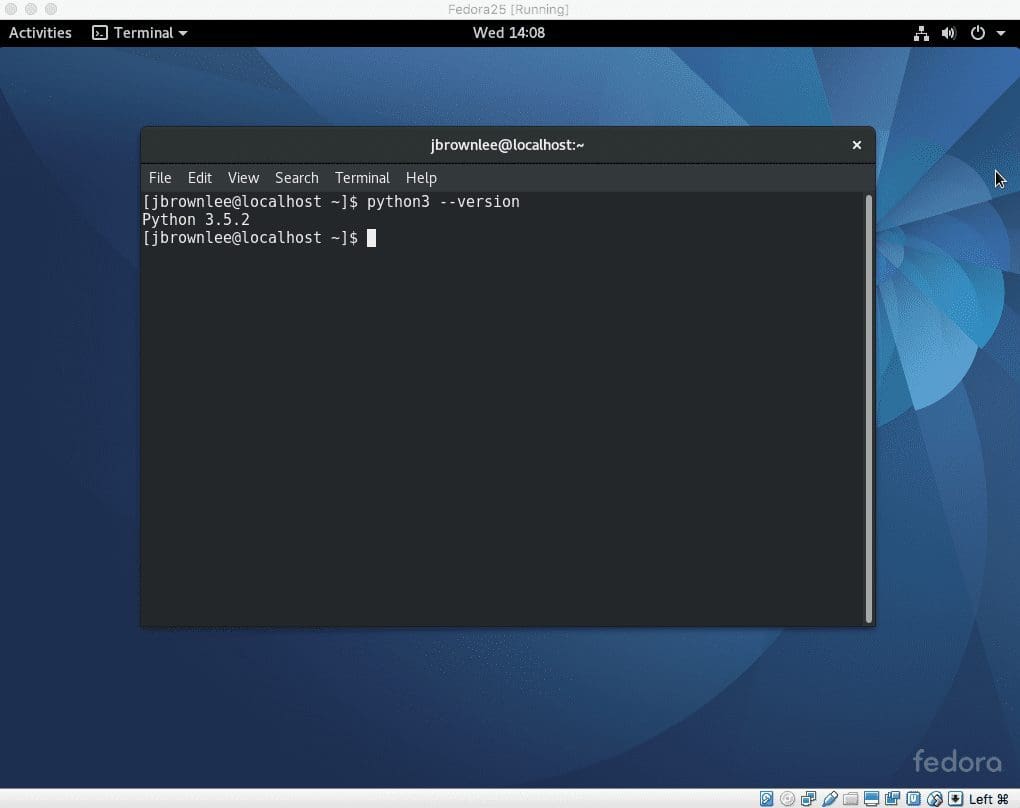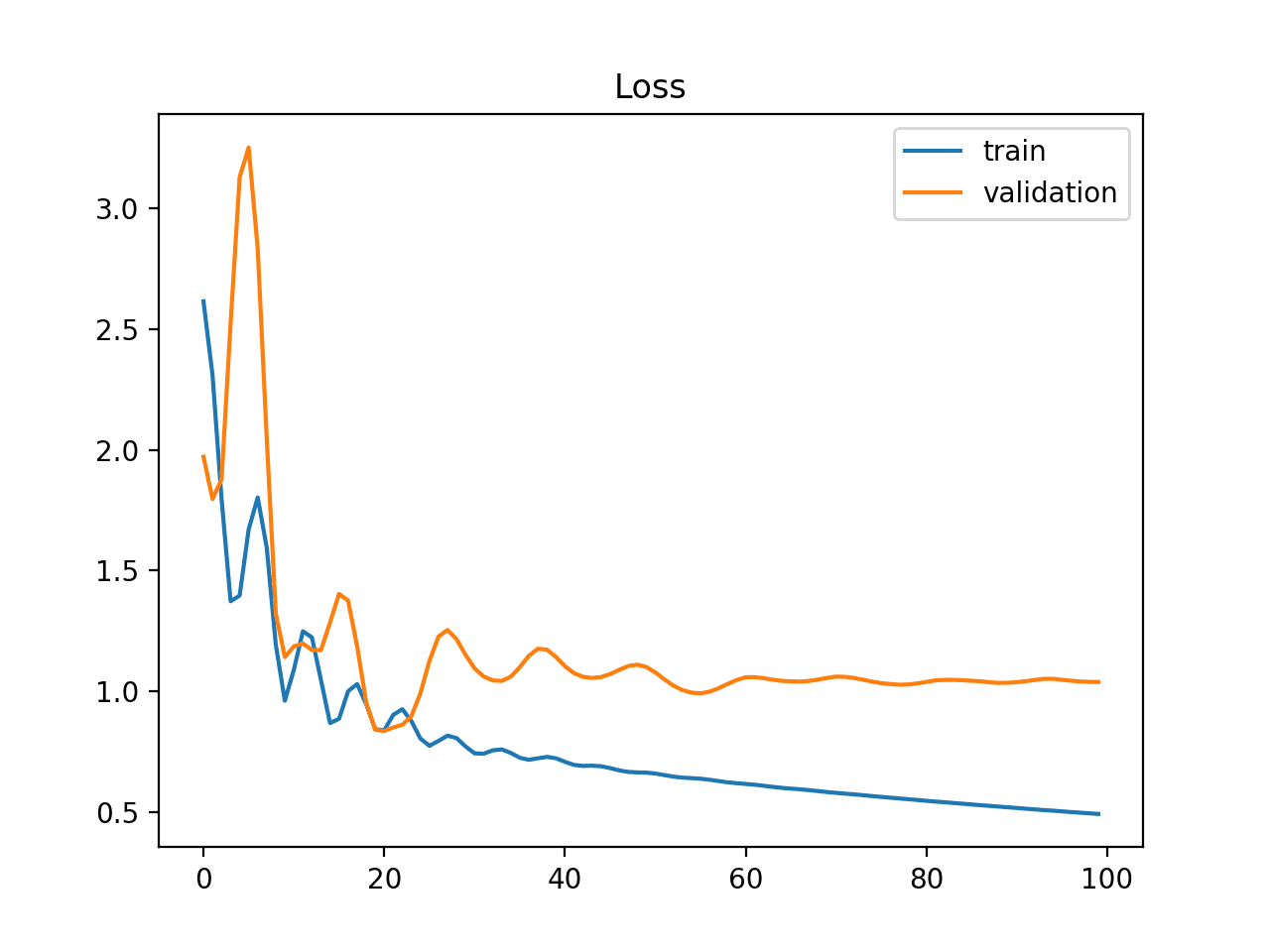Per Went From Developer To Machine Learning Practitioner,
And So Can You!
Per Borgen is an inspiration.
He transitioned from developer to machine learning practitioner. And he explained how he did it.
In this post, you will discover the lessons learned by Per on his transition.
You will discover two methodologies he adopted and how you can use them. And you will discover the advice Per has for beginners, like you, that are also looking to make the transition.
And you will discover the advice Per has for beginners, like you, that are also looking to make the transition.
Let’s get started.

Machine Learning In A Year
Photo by Andreanna Moya, some rights reserved.
Machine Learning in a Week
Per’s first experiment involved dedicating one week to machine learning and seeing how far he could get.
Like many students interested in machine learning, he had half-completed a MOOC and was unable to transition the knowledge he had learned to actually solving problems.
He titled his experienced “Machine Learning in a Week“, or really 5-days.
This work-week was broken down as follows:
- Monday: Learn the Basics.
- Tuesday: Make Predictions on New Data.
- Wednesday: Write an Algorithm From Scratch.
- Thursday: Participate in a Competition.
- Friday: Study on Udacity.
His scheme was very practical, with 2 days focused on modeling with intent to get a result and another on implementing an algorithm.
I really like it.
He commented:
It’s a pivotal moment when you realize that you can start using ml to solve in real life problems.
I think the big takeaway from Per’s week is that it’s possible to make very real and very valuable progress in one work week.
Five days is nothing in a career of 20-40 years.
He says this himself:
If you’re interested in getting into machine learning, I strongly recommend you setting off a few days or evenings and simply dive into it.
Per recommends the top-down and results-first approach to getting started, just as I teach here at Machine Learning Mastery:
Choose a top down approach if you’re not ready for the heavy stuff, and get into problem solving as quickly as possible.
Machine Learning in a Year
Per went further.
One year later he wrote a follow-up post announcing his first machine learning project at work.
The post was titled “Machine Learning in a Year” and detailed how he spent the last year studying machine learning.
He stuck to his top-down approach which no doubt was instrumental in the transition, saying:
The truth is you don’t need much maths to get started with machine learning, and you don’t need a degree to use it professionally.
His year of machine learning self-study had many ups and downs. His year culminated in him working on a model to boost sales at his workplace.
Well done!
Lessons Learned
Per sprinkled his lessons learned throughout the post.
I have a slightly different perspective. I summarized 5 key lessons I took from his experiences:
- 1. Take an easy top-down approach rather than a hard bottom-up theoretical approach.
- 2. You don’t need a higher degree, just focus on delivering value.
It also ripped me out of the delusion that only people with Masters degrees or Ph.D’s work with ml professionally.
- 3. Maybe Skip the MOOCs, or find one that is a good fit for you.
I also didn’t finish it, as I rarely do with MOOC’s. … If I could go back in time, I’d choose Udacity’s Intro to Machine Learning, as it’s easier and uses Python and Scikit Learn. This way, we would have gotten our hands dirty as soon as possible, gained confidence, and had more fun.
- 4. Don’t try and learn machine learning and a new programming language at the same time.
Learning a new language while also trying to code ml algorithms is too hard for a newbie.
- 5. Practice delivering results on real-world data with competitions.
The main takeaway from this was the experience of iteratively improving the results by experimenting with the algorithms and the data.
Pro Tips
I found two pro-tips hidden in there.
Two nuggets that I think can really accelerate progress.
- Find a coach to support and advise you along the way.
- Ask and see if you can study machine learning at work.
Consider trying these tactics to really accelerate your progress.
For Beginners
I really like his final remarks. They are very encouraging for beginners:
Getting to this point has surely been a long journey. But also a fast one; when I started my machine learning in a week project, I certainly didn’t have any hopes of actually using it professionally within a year. But it’s 100 percent possible. And if I can do it, so can anybody else.
If Per can do it, why can’t you?
Summary
In this post, you discovered how Per Borgen transitioned from developer to machine learning practitioner.
You learned:
- That you can make very real progress in machine learning in one week.
- That you don’t need to start with theory or get a higher degree.
- That you can make the transition in a year, or less if you stick with it and practice.
What were your takeaways from Per’s experience?
Are you just as inspired?
Leave a comment, I’d love to hear what you think.







Your Pro tip: “find a coach to support and advise you along the way” sounds enticing but where could one find such a tutor? In my experience even statisticans have often no clues about ML-related problems, they tend to know more traditional stuff.
Great question.
Ask on forums and Q&A sites.
Recruit on upwork or similar sights.
Ask at meetup groups, fb groups, etc.
I really want to start my own private group laser-focused on this type of coaching. I think there is a big need for it.
Gee, put me in the loop for your private focus group!